Smart Asia Getaways
Discover Asia, the smart way
Eight Southern Taiwanese Eateries You Should Know About
I’ve extolled the virtues of southern Taiwan elsewhere on this blog. It’s worth a visit for the local flavor and night markets alone, but the proximity to Kenting National Park – with its beautiful beaches and views, and exceptional surfing – and to the largest Buddhist monastery on earth, make it a no-brainer, especially since high speed rail gets you there from Taipei in 90 minutes, for cheap.
Oh, and the weather’s better than in the north, especially in the winter.
If you do make the trip, try to hit at least a couple of the following restaurants, which we’ve found to be standout even by local standards.
1. 德記 (De Ji)
801高雄市前金區自強一路92號
(Cash Only)
Here’s how you use that info – it’s the City Council (old site) stop on the subway orange line. Copy and paste that address into your google map, and that will get you to the right corner. Don’t worry about what it means, just copy and paste.
I hope De Ji is still in business by the time you, the reader, visit.
In a town populated by “mom-and-pops”, this is a “mom-only” affair. Out of a ground floor lot, the proprietor sells Taiwanese-style wontons, and a variety of authentic Taiwanese soups and 小菜 (“xiao cai” in pinyin) or side dishes. The menu is completely in mandarin, and listed on the wall. Ordering without language skills is possible by pointing to items cooking in the kitchen, but I recommend the following-
In a town populated by “mom-and-pops”, this is a “mom-only” affair.
Wonton soup (餛燉湯 – hundun tang), diced pork with bean curd (筍尖肉絲 – sun jian rou si), cow stomach (牛肚 – niu du) (Yes. Really.), and whichever small plates look good. Struggling for a way to help westerners order I made sure to include the proper mandarin spelling of the mainstay dishes. In a jam, you can even show your iPhone to a proprietor.
Taiwan style wonton soup is distinct from Hong Kong style – both are delicious and both deserve to be experienced – and De Ji is emblematic of what makes Taiwan style great.
There’s a lot of “point-and-shoot” here, but remembering the names of the dishes helps.
2. 興䧏居 (Xing Long Ju)
No. 186, Liùhé 2nd Rd, Qianjin District.
City Council (Old Site) stop on the orange line.
(Cash Only)
I double checked that the above address also works in google maps.
Xinglongju is unlikely to close shop this century.
It’s been around since 1954, appears in a number of international travel guides, and has a website. I have it on good authority that Xing narrowly edges Taipei’s Yonghe, featured on Fresh Off The Boat with Eddie Huang. No matter. You’re in Kaohsiung; you might as well eat breakfast.
Xing is famous for several things: soy milk, Danbing (egg crepes), Tangbao (soup buns, which, unlike mediocre imitations, are Not to thick or doughy, but perfect specimens of meaty savoriness, unless you’re getting the vegetable variety), Guabao (inspiration for the fare Eddie serves at Baohaus), Shaobing (thin sesame-seed heroes, usually loaded with Danbing, and often the next dish), and Youtiao, like churros, only often substituted for meat in the shaobing equation.
Picture porn, avec captions, below, naturally. There’s a lot of “point-and-shoot” here, but remembering the names of the dishes helps. (The pinyin spellings are pretty close to phonetic.) Once they know what you want, English competency is decent.
In good tangmian, as in good ramen, ingredients need to be prepared separately – because they cook at different rates – then combined in the final presentation.
3. 金湯 (Jin Tang, or “Golden Soup”)
FE21 Shopping Center Food Court, 11F
21 SanDuo 4th Rd, Ling Ya,Kaohsiung
Sandou Shopping District Stop on the red line.
(Credit Cards OK)
Jin Tang became a go-to for us
like Sushi Express, and was probably the only food-court restaurant to rival street-level establishments. But they do it solidly here, cranking out dishes that rank among the best anywhere.
Like De Ji, Jin Tang serves some traditional Taiwanese tapas, like beef tripe (niu du), tea egg, pickled cucumber, and marinated bean curd. The main attraction, however, is beef noodle soup, or niurou tangmian (牛肉湯麵), of which there are many varieties.
At Jin Tang it’s the dark-colored tomato-based broth with thick wavy noodles. In good tangmian, as in good ramen, ingredients need to be prepared separately – because they cook at different rates – then combined in the final presentation. The beef is lean, sliced into the usual shin cross-sections, and stewed to tenderness. The noodles are al dente, and should be eaten quickly so they’ll be at optimal texture.
Jin Tang also serves a less-expensive broth-less version, with broth on the side, which might be better for those of us who don’t need to drink a liter of broth (Chih Yu routinely does).
It’s designed to be a date/special occasion spot, and if its an in incidental bite you’re after, Wu Lao Gu is probably overkill.
4. Wu Lao Gu – Elixir
高雄市苓雅區三多三路236號, Kaohsiung, 806
Sandou Shopping District Stop on the red line.
(This is a chain, with locations in Taipei as well. Credit Cards OK.)
Wu Lao Gu is only of only three slightly-more-high-end spots we reviewed in Taiwan (the other three being Din Tai Fung, the Taipei Fish Market, and [Taipei Sichuan Food]), and we decided it was worthy of inclusion because it’s one of Taiwan’s best examples of the Taiwanese hot pot – a tweak on the same Sichuan tradition that inspired Japanese shabu shabu.
Wu Lao Gu aims to elevate and modernize the hot pot. The ingredients are prime cuts of beef, house-made tofu and meatballs, and two types of soup broth, one Sichuan-style spicy and the other a more mild white broth. Pig’s blood cakes, tofu sheets, and vegetables are included in the base price of the soup pot, and they’ll refill you as many times as you need.
A high-concept graphic menu displays the ala carte extras – meats, meatballs, fish paste, etc.
It’s designed to be a date/special occasion spot, and if its an in incidental bite you’re after, Wu Lao Gu is probably overkill. If you’re taking hosts or business associates out for dinner, or even planning a special evening with friends and splitting the bill, however, it’s tailor-made.
Liuhe is the night market voted #1 in Taiwan for foreigners, and in spite of that dubious honor, it’s actually genuinely awesome.
5. Liuhe Night Market (六合夜市)
Kaohsiung Subway, Formosa Blvd stop on either the red or orange line, exit 11.
(Cash Only)
Almost the polar opposite of Wu Lao Gu is the night market voted #1 in Taiwan for foreigners, which, despite this dubious honor, is actually genuinely awesome. We actually visited all the major night markets in Kaohsiung, including the part-county-fair-part-spring-break fiasco near the Kaisyuan stop (out in the sticks) on the red line. (For adolescent spectacle, A+. For useful food/drink/cultural exposure, C.)
Liuhe, by contrast, is not-too-big, not-too-small, and all business. We visited two consecutive nights. On Sunday, seafood dominated the food stands. On Monday, fare was more mixed.
Liuhe stretches two long blocks, and that’s plenty of space to satisfy without overwhelming. The market’s northern end abuts the subway station, so extra walking is minimal.
Noodle soup isn’t the only thing Niu Zhong does with its beef. They also offer inspired stir-fry creations with pickled cabbage and various other combinations.
6. 牛總牛肉麵 (Niu Zong Niurou Mian)
No. 59-1, Zìqiáng 1st Rd, Qianjin District
Kaohsiung City, Taiwan 801
City Council (Old Site) stop on the orange line.
(Cash Only)
This is Number Two of three spots we’re recommending in southern Taiwan that make Taiwan’s national dish. Unlike at Jin Tang, broth here is clear, light, and ginger-flavored. Noodles are razor-thin, and beef, in contrast to the cross-sectioned shins standard at some restaurants, is thin-sliced as if for a hot pot.
Noodle soup isn’t the only thing Niu Zhong does with its beef. They also offer inspired stir-fry creations with pickled cabbage and various other combinations.
Like De Ji, it’s informal here – you rescue your own rice from a central cooker in the back, the kitchen sits out on the sidewalk (one of the most endearing features of old school Kaohsiung restaurants), and you can sit outside or in: during business hours it’s completely open-air, taking full advantage of a climate where it’s 70 degrees in December.
Sushi in Taiwan? Isn’t this the sushi equivalent to Japanese Micky D’s? Not exactly. Sushi Express is actually a Taiwanese creation, dating from 1996. And it’s a good adaptation.
7. Sushi Express
Various locations – Accepts Credit Cards
This is a chain, with locations throughout Taiwan, but the Sushi Express on the fourth floor of the new Hanshin department store at the Kaohsiung Arena stop on the Orange Line is exceptional – and we tried a few.
All offer fish of a quality that’s possible-but-difficult to come by in the west, and for…pause for emphasis…one US dollar per plate.
But hold on – sushi in Taiwan? Isn’t this the sushi equivalent to Japanese Micky D’s? Not exactly. Sushi Express is actually a Taiwanese creation (not to be confused with similarly – or identically – named franchises elsewhere – source), dating from 1996. And it’s a good adaptation. Just as some of the best Italian food is Japanese Italian, I would venture this Taiwanese slant on the Japanese “dish” (no less valid than any of the “rolls” created by American sushi chefs) is one of the better incarnations, especially for the price. Would you travel to Taiwan from the States, or even from Taipei to Kaohsiung, for sushi? No, you wouldn’t (especially since there are locations in Taipei). But you’re here, and it’s awesome.
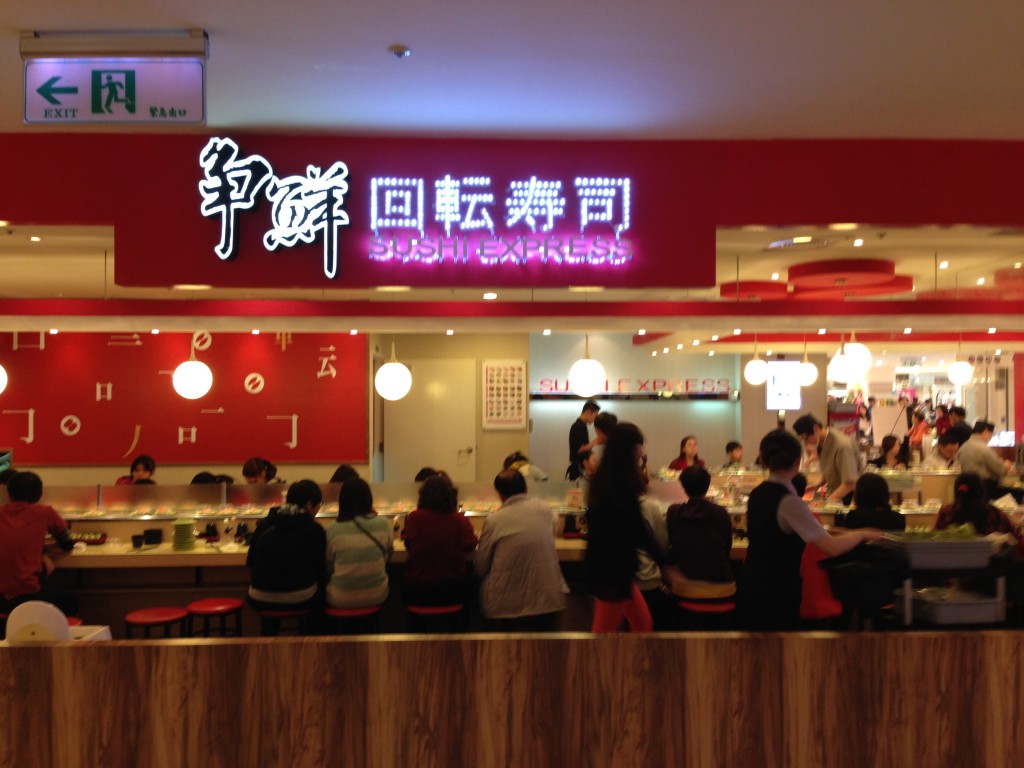
The fourth floor of the new Hanshin at Kaohsiung Arena is devoted almost entirely to Japanese food and goods, and the staff here greet you with a hearty “irsahai!”
Each “plate” consists of an average of 3 pieces of nigiri – one piece if it’s an extremely special cut of fish – or 3 pieces of sashimi. Sushi Express didn’t invent the novel delivery mechanism, a conveyor belt, but they use it to great effect. You announce your presence to a maitre’d, sidle up to a bar stool, then simply start claiming plates as they wind by, eating your fill. Tea bags are every few inches, as are cups and hot water spigots. In true Japanese fashion you can eat and drink without needing to interact with a single human being. At least until it’s time to pay the bill. Which is embarrassingly low. A “sushi deluxe” in the US runs around $18 at an average sushi joint and you’ll be lucky to get 5 pieces of nigiri. Here ten pieces will run you about $4.
Happy eating.
Quick author’s note: the small towns dotting the roads to, from, and through Kenting are beset with good seafood restaurants. One roadside joint is notable for its deep-fried miniature silverfish. Our schedule didn’t allow us to review them on this visit, but we’ll revise this article to include them after our next trip.
8. 龍鳳牛肉麵 (Longfeng Niurou Mian)
710, Taiwan, 台南縣永康市忠義街11號
(Cash Only)
Are you using a few context clues to glean some Mandarin lessons? Like that 牛肉麵 (niu rou mian) appears every time you’re looking at a photo of delicious beef noodle soup?
I’ve saved this for last because it’s unlikely you’ll wind up in Tainan unless you have someone to visit there, but if you have an excuse to make the trip, it’s worth it for this beef noodle restaurant, which serves a soup similar to that of Jin Tang in the FE21 mall, but excels in two parameters: side dishes and dry sesame sauce noodles, or Zha Jiang Mian.
Let me paint you a picture – on this trip we visited two locations of the most famous Taiwanese restaurant in the world, one of which has a Michelin star, and their Dan Dan Mian is divine. Longfeng’s is just as good, and different. Plus, there’s no substitute for the signature southern Taiwanese ambiance of outdoor kitchen, proprietors serving you personally, and side dishes aplenty.
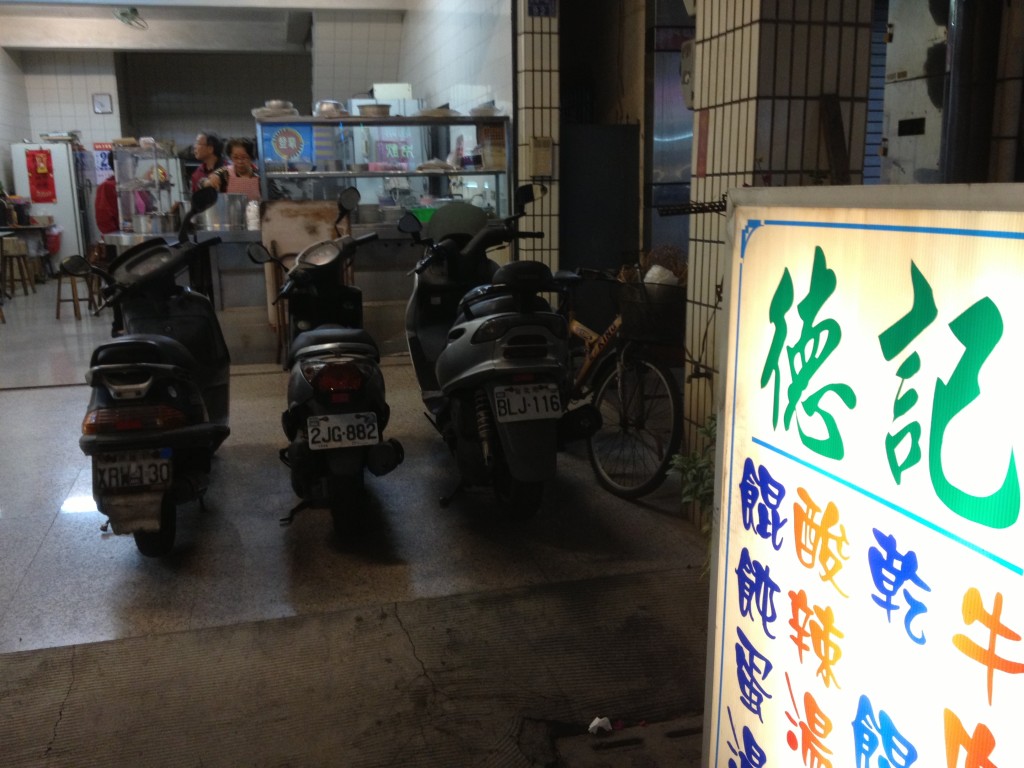

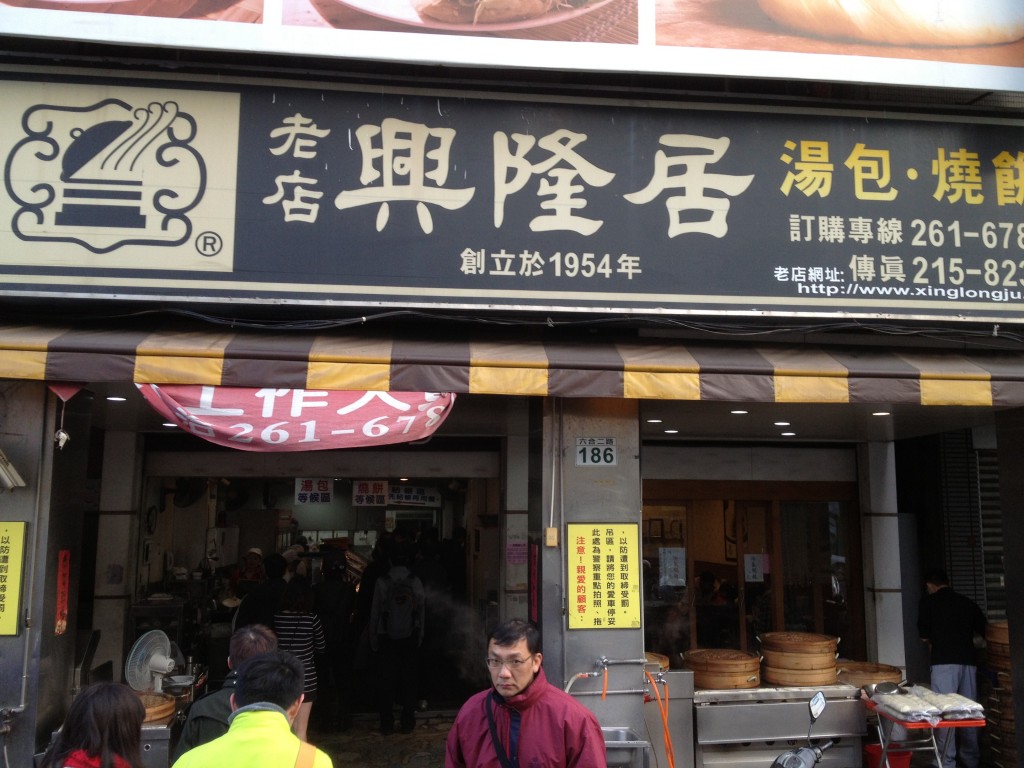
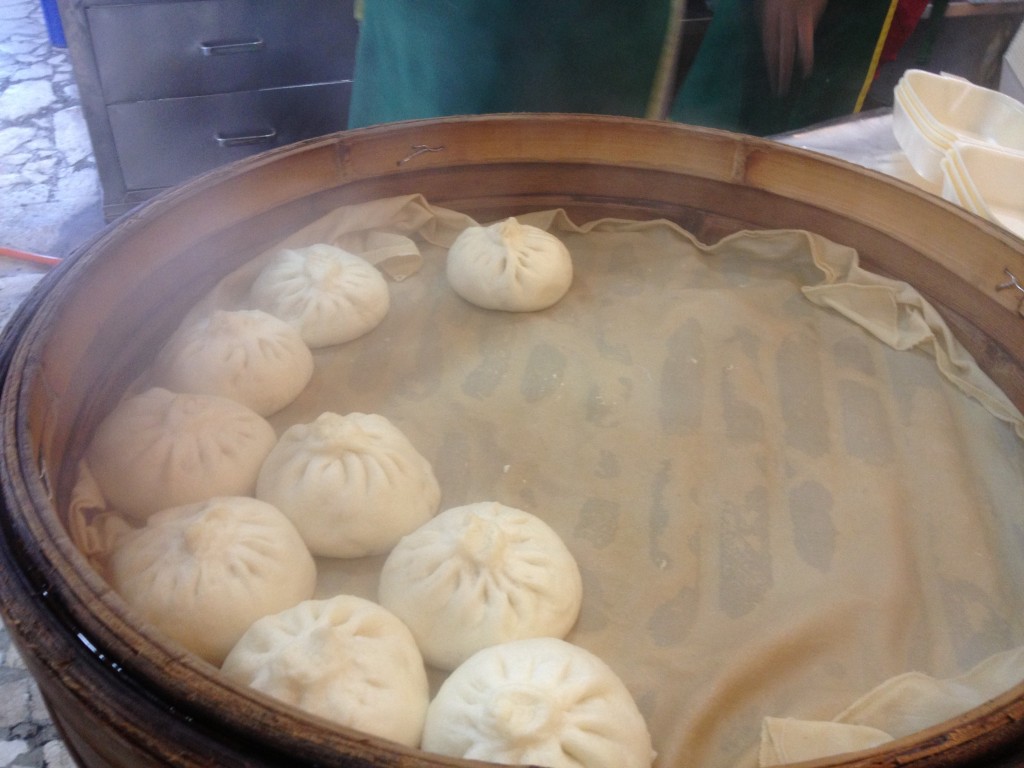
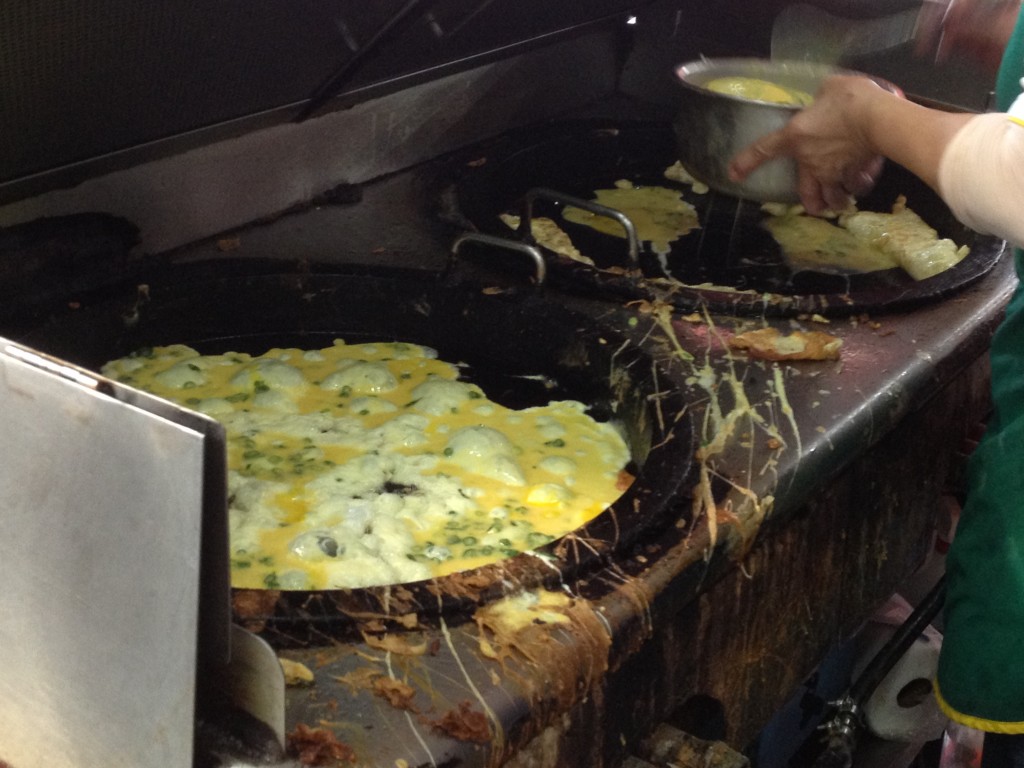
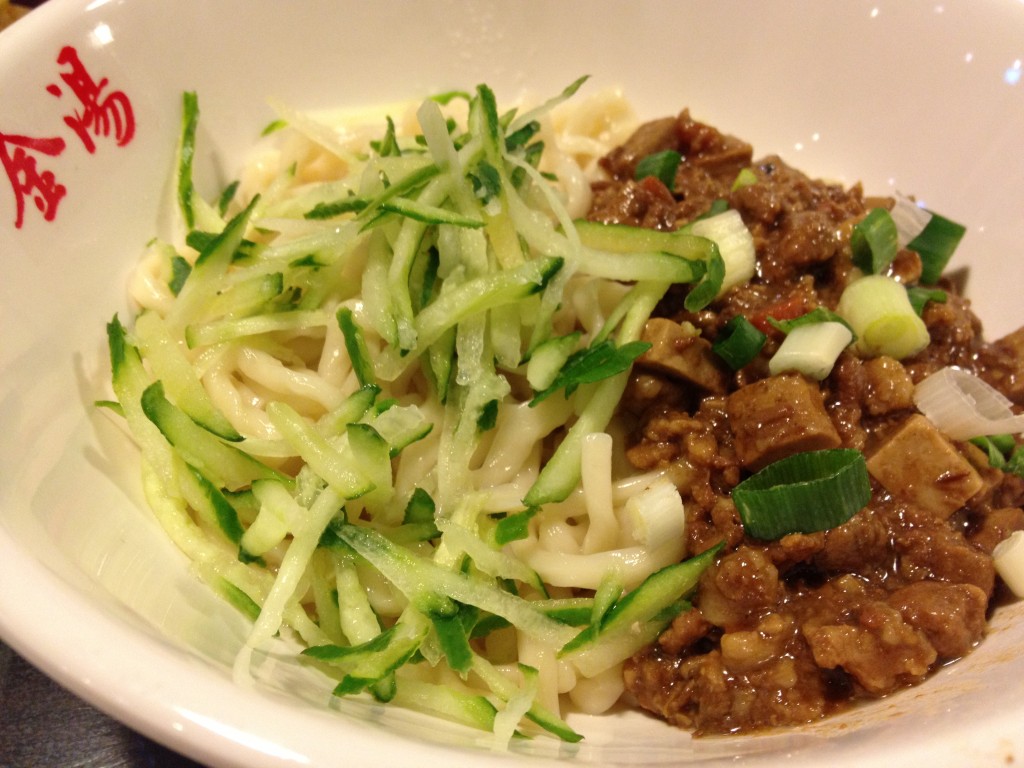
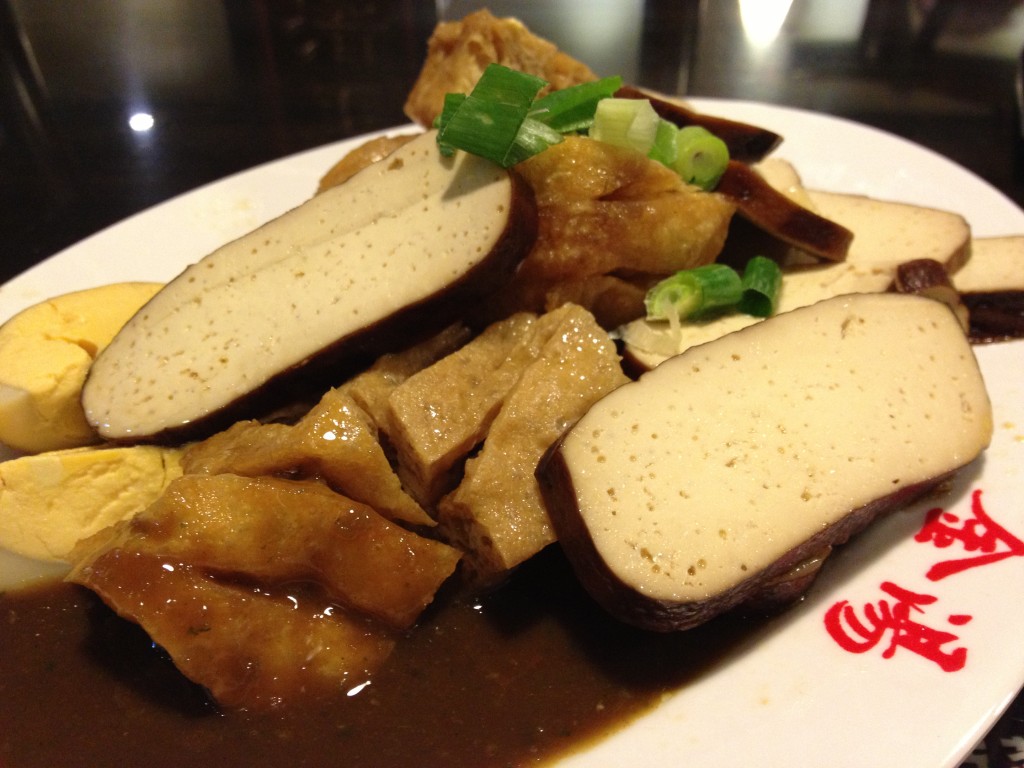
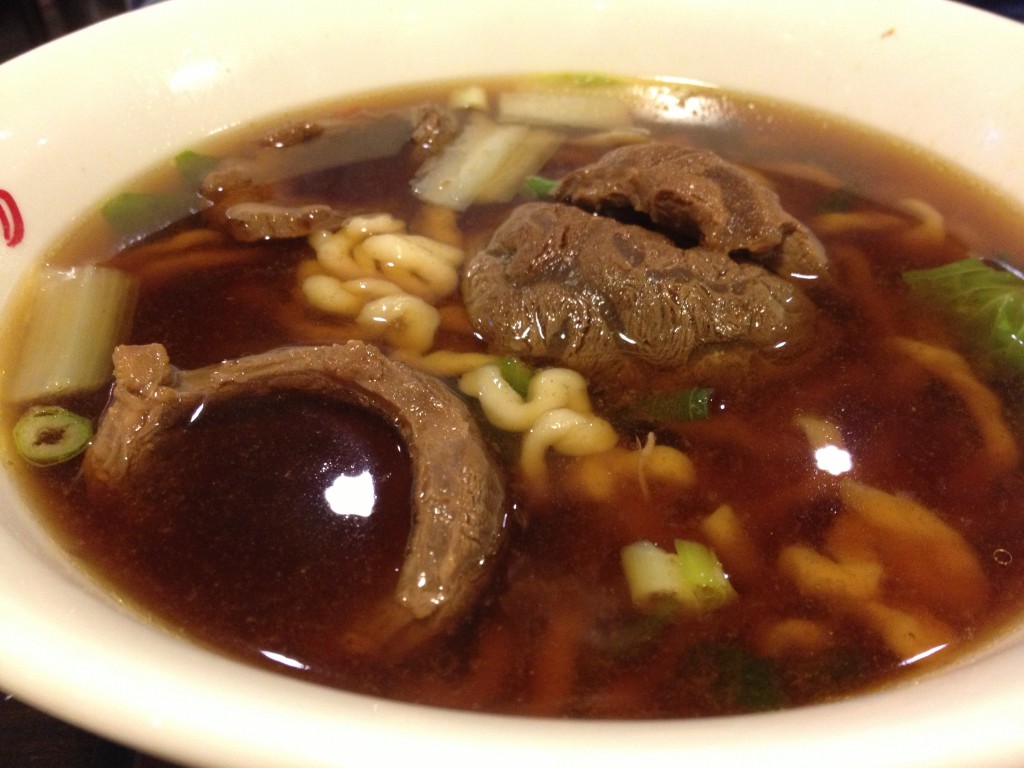
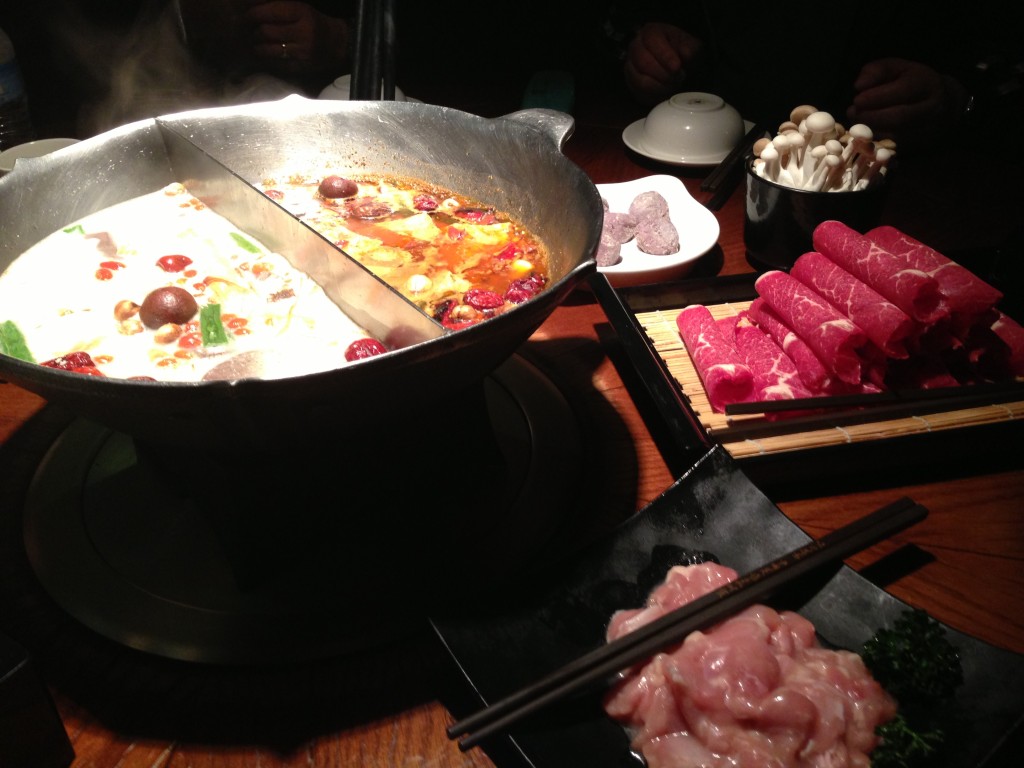
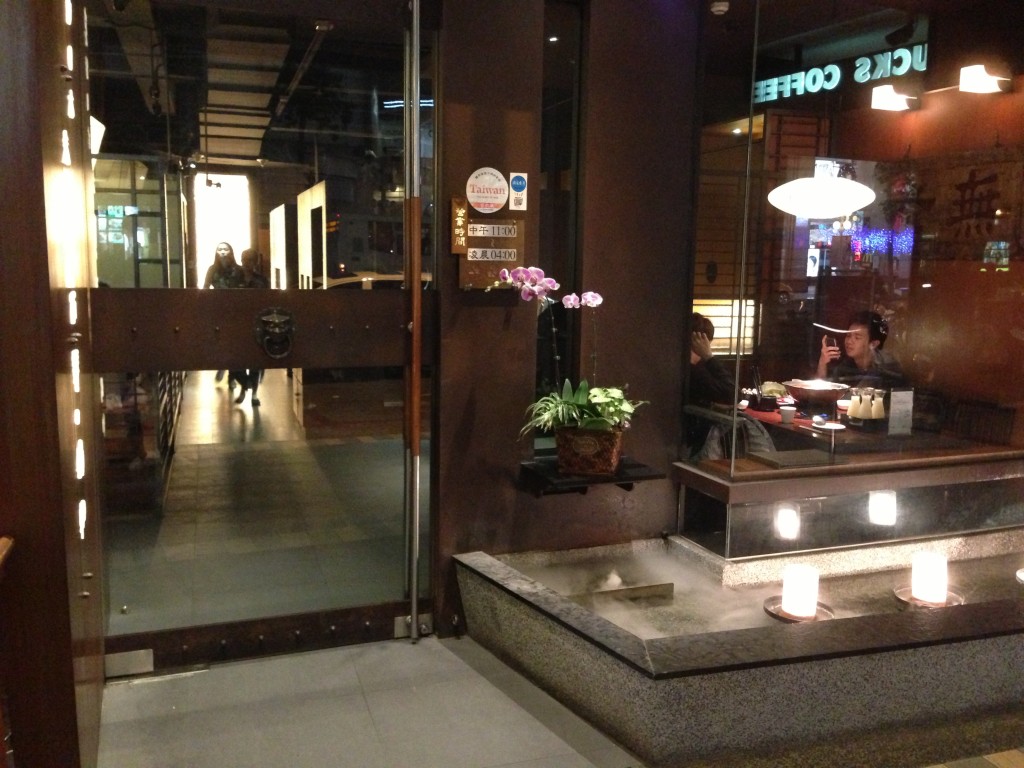
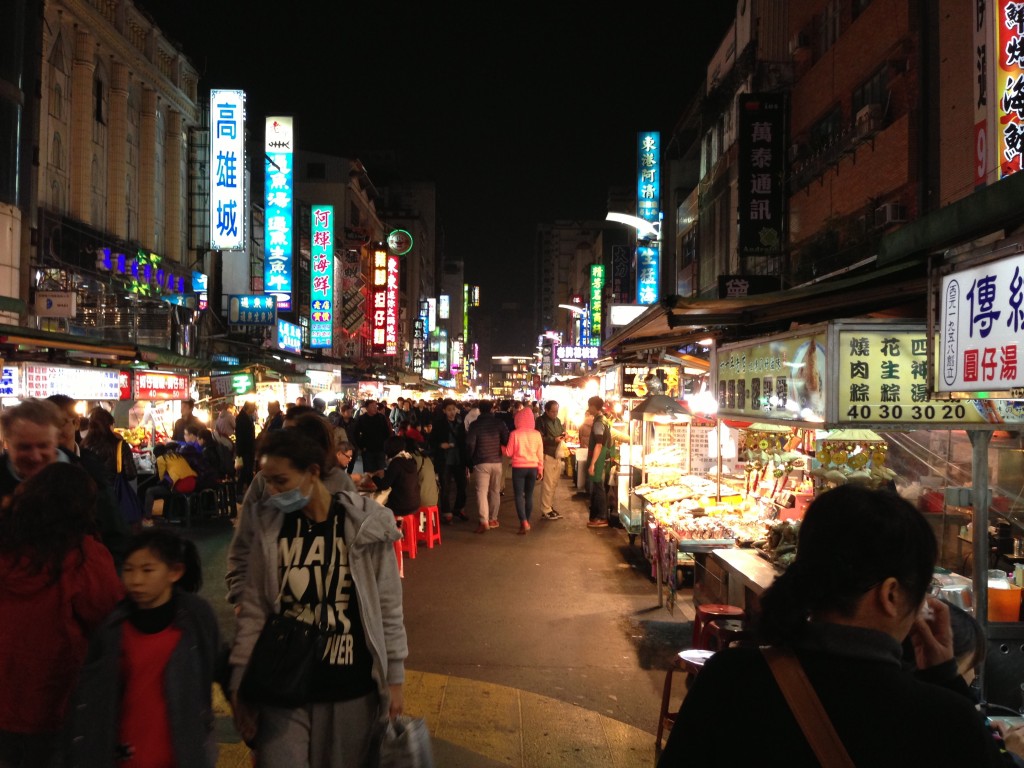
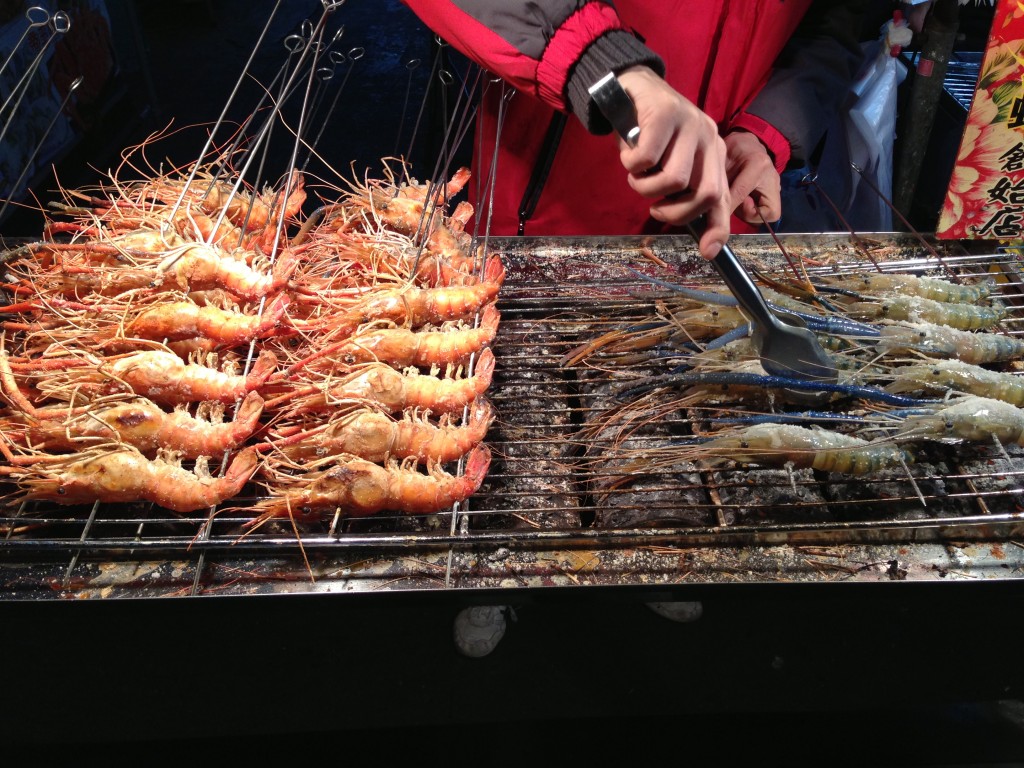
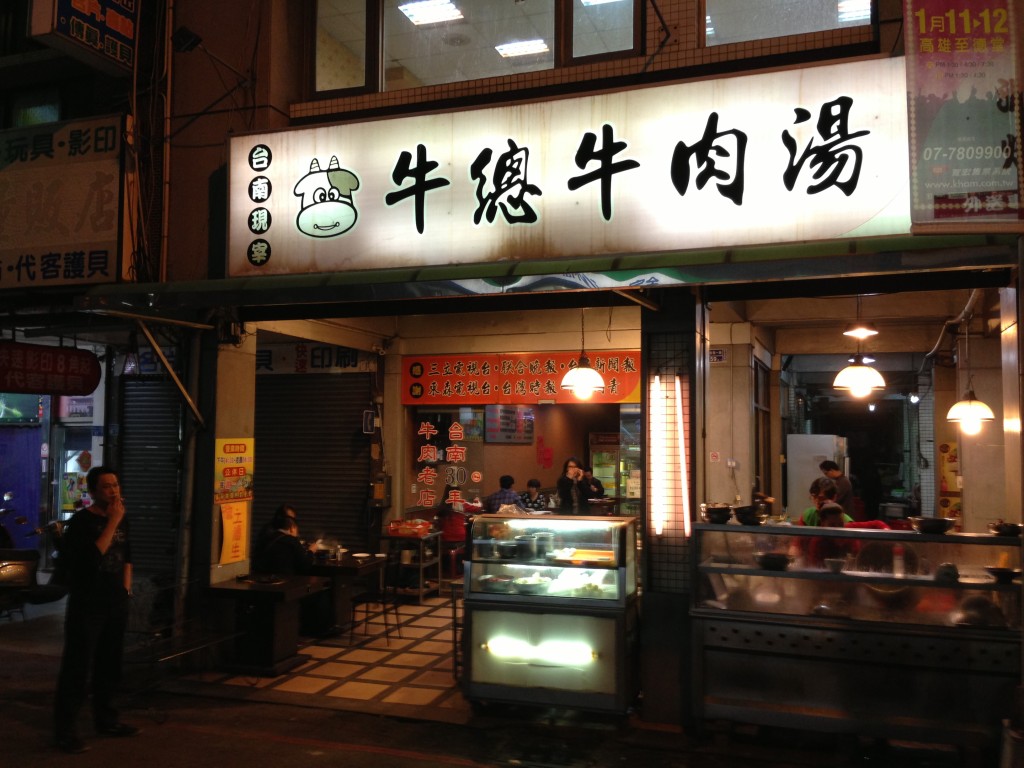
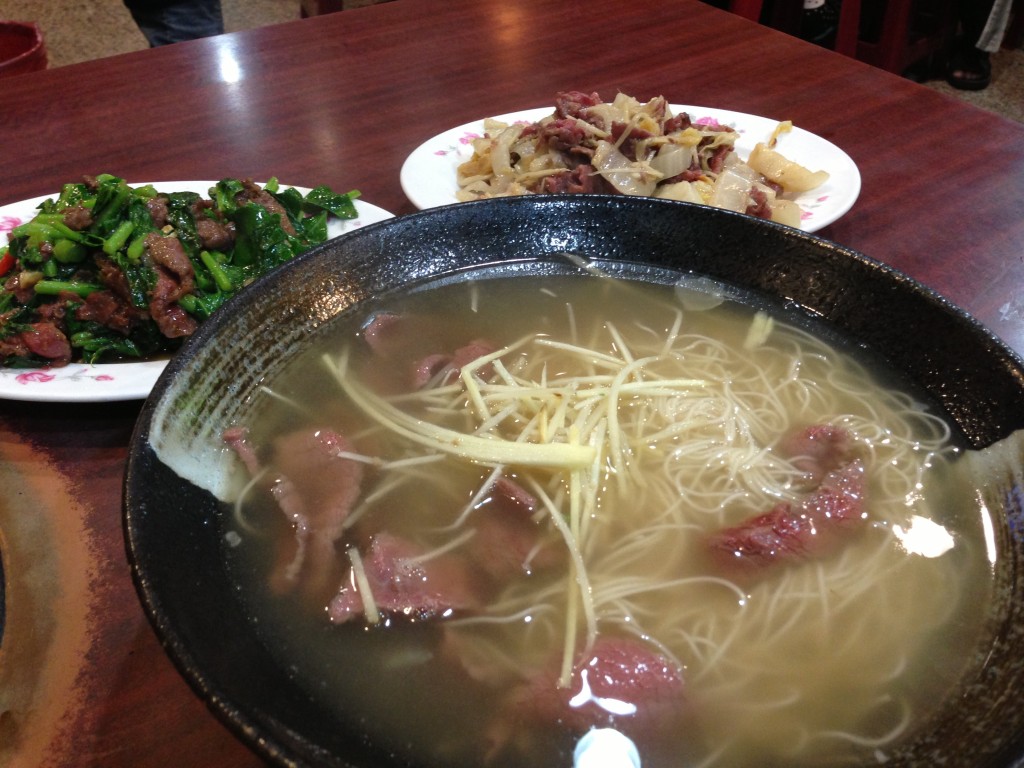
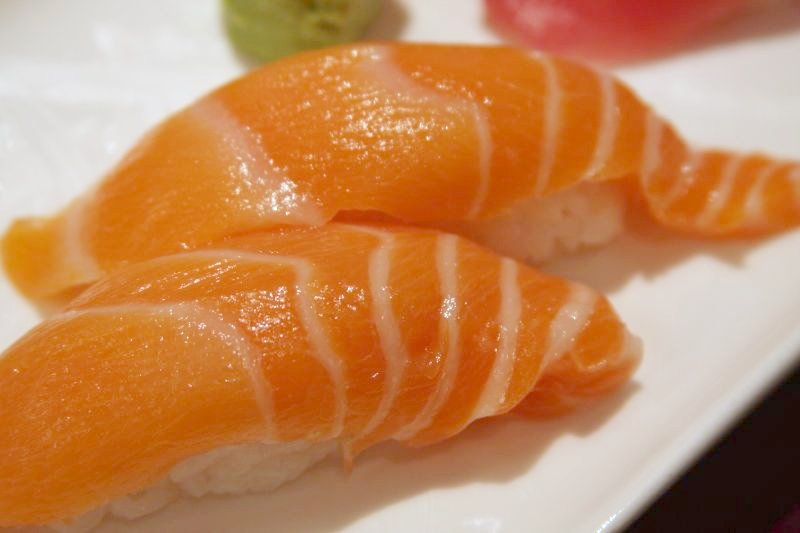
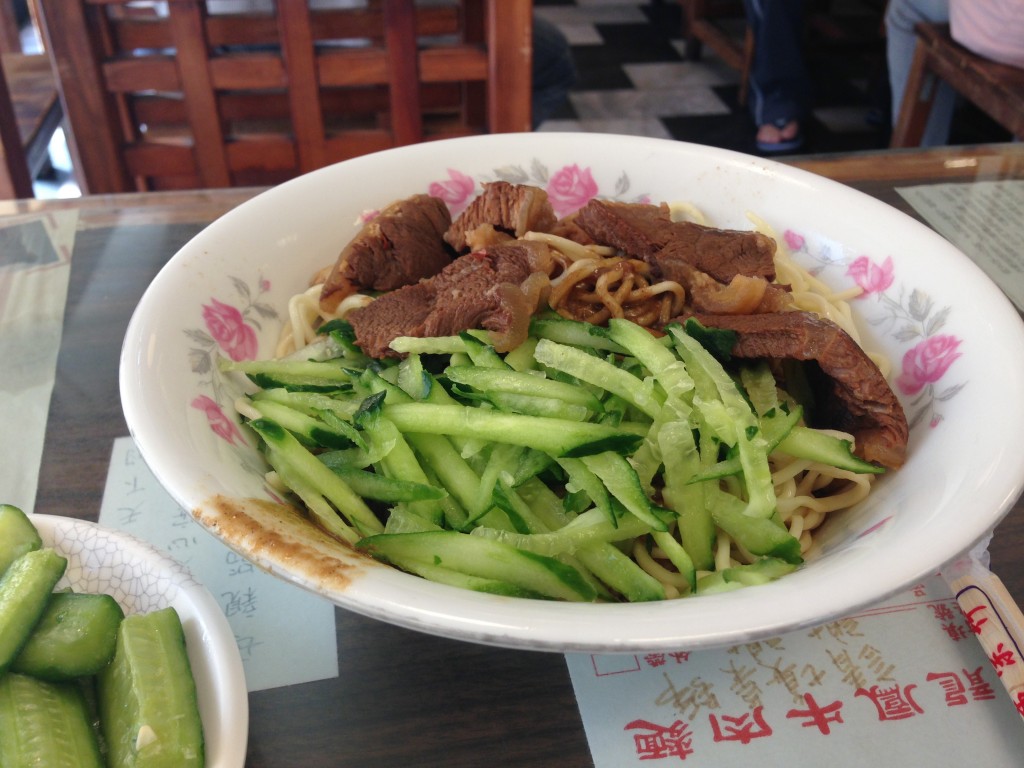
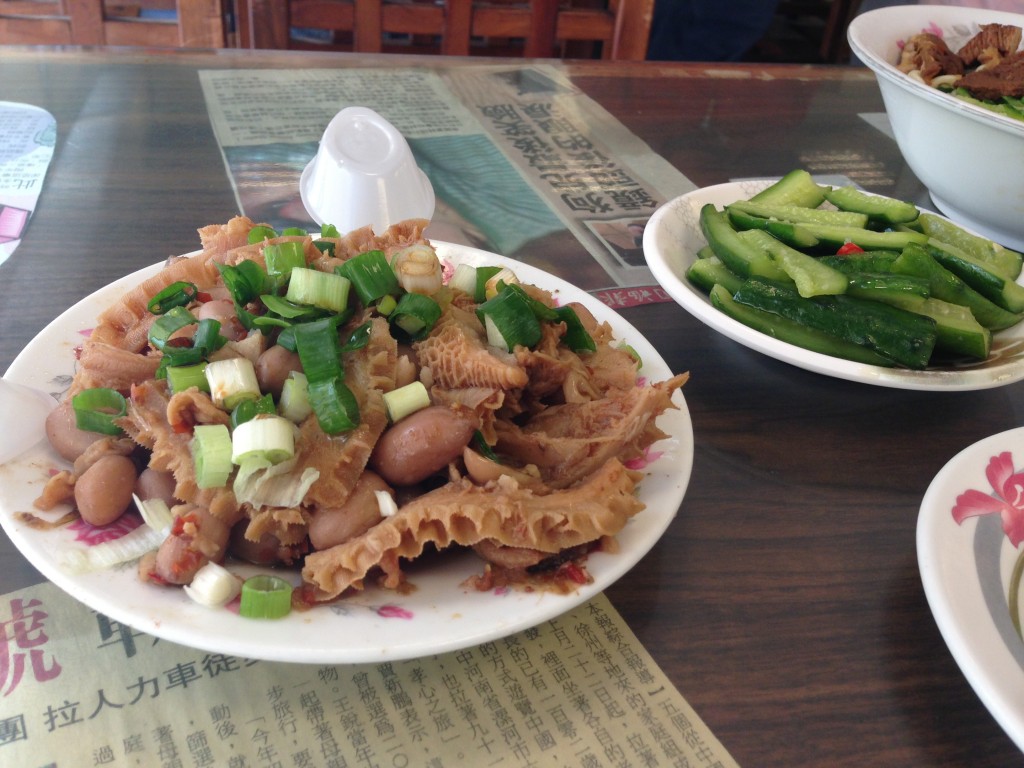
Pingback: Three Hong Kong Restaurants Worth Your Plane Ticket | Smart Asia Getaways